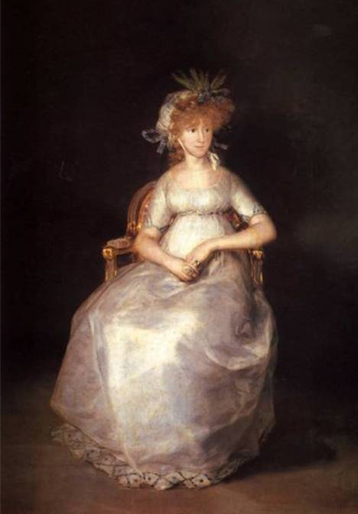Britain missed out on some of the Eighties' biggest and best exhibitions. Andrew Graham-Dixon finds out why
NEIL MACGREGOR, the Director of the National Gallery, and Nicholas Serota, his opposite number at the Tate, have grand ambitions for the 1990s, but they're giving little away. Serota has plans for major retrospectives of work by artists he chooses to refer to, at this stage, as X and Y; MacGregor is working on the definitive exhibition of paintings by a world-famous artist to be known for the time being only as Z.
Secrecy is part of the standard procedure when it comes to organising the sort of large-scale exhibitions that have been such a feature of the art world in recent years. Original ideas are the hard currency of exhibition organising, and a word in the wrong ear can make the difference between an exhibition taking place at the Tate in London or at the Grand Palais in Paris. 'In my experience,' says Serota, 'unless you're in on an exhibition from the outset, you've got very little chance of staging it.'
The 1980s was, among other things, the decade of the blockbuster, 1989 its annus mirabilis. Yet it has also been a decade in which Britain, fairly or unfairly, has been seen to lose out in the blockbuster game. Last year saw major exhibitions of Gauguin, Manet, Jacques-Louis David and Cezanne in Europe, while New York staged two of the most remarkable shows of this or any other century - Velazquez at the Metropolitan, 'Picasso and Braque: Pioneering Cubism' at MOMA. None of those exhibitions were, or will be, seen in this country, a fact that has added to the impression - easily strengthened perhaps in an island nation - that we are somehow being left out in the cold. The absence...


